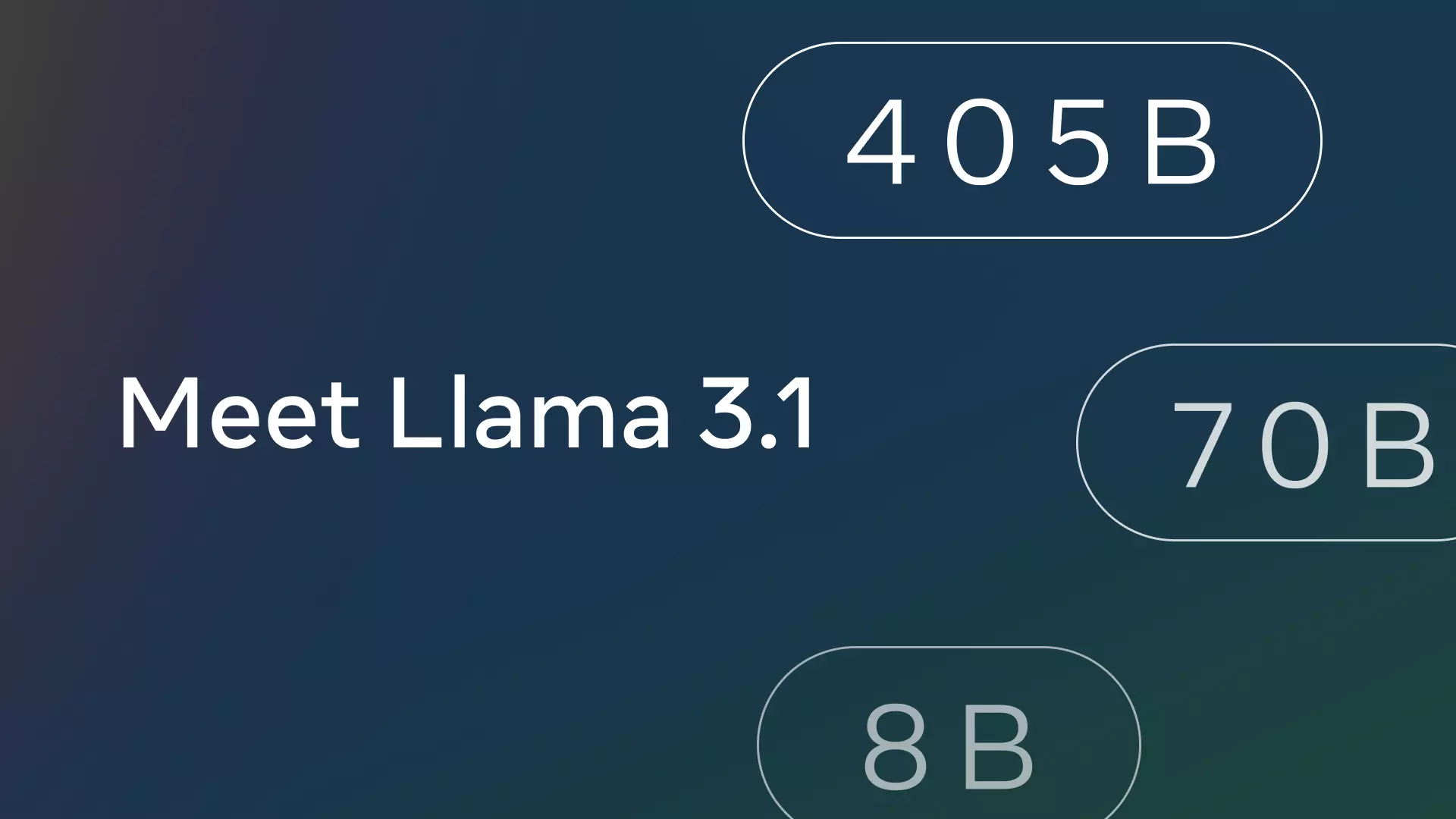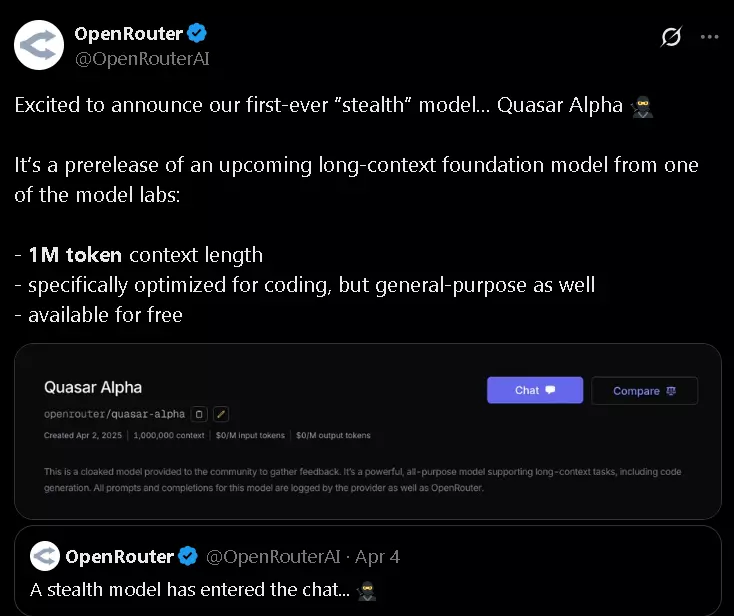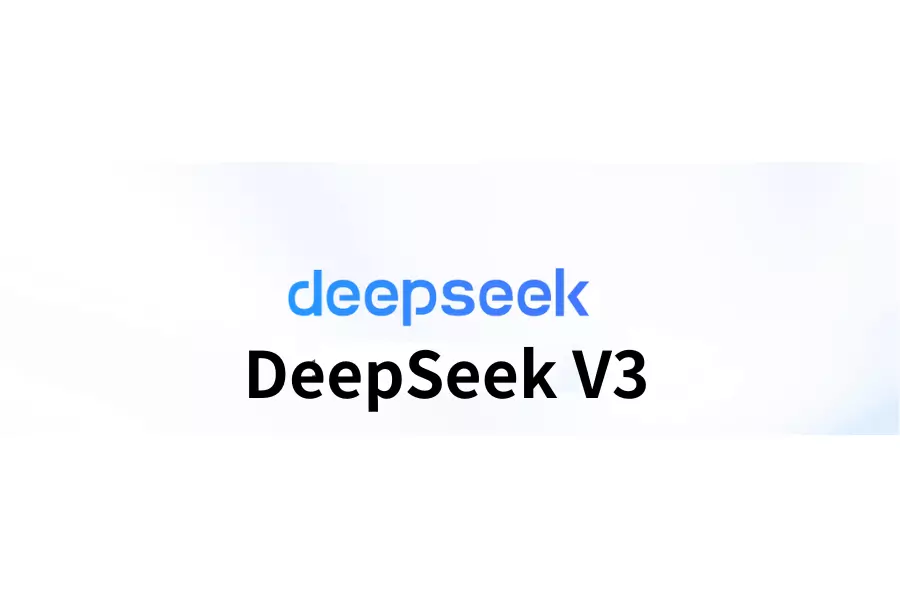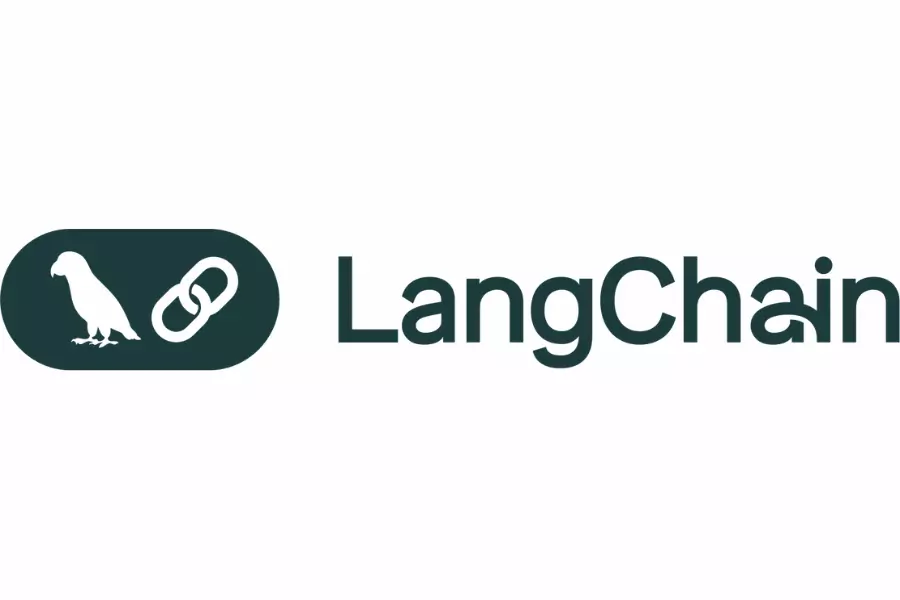Llama 3.1 405B: A New Era in Open-Source AI
Introduction
The field of artificial intelligence is undergoing a revolution, and Meta’s Llama 3.1 405B model is at the forefront of this transformation. This article delves into this groundbreaking large language model, analyzing its unique features, performance advantages, and potential applications across various industries.
Core Features of Llama 3.1 405B
Llama 3.1 405B boasts 405 billion parameters, representing not only its massive scale but also its robust capability to handle complex tasks. From general knowledge to specialized domains, this model exhibits outstanding performance across the board.
Preface
2. Multilingual Support
In today’s globalized world, linguistic diversity is crucial. Llama 3.1 405B is proficient in eight languages, including:
- English
- German
- French
- Italian
- Portuguese
- Hindi
- Spanish
- Thai
This makes it a valuable asset for cross-cultural communication and international business.
3. Long-Context Understanding
With a context length of 128K tokens, Llama 3.1 405B can understand and process extremely long texts. This feature is particularly important for handling complex documents, lengthy reports, or multi-turn conversations, significantly enhancing the model’s practicality.
Technological Innovations and Applications
Llama 3.1 405B supports custom JSON functions, offering developers great flexibility. Additionally, it integrates various useful tools, such as web search and mathematical computation (leveraging Wolfram Alpha for faster calculus), greatly expanding its application scope.
Synthetic Data Generation
High-quality training data is often a scarce resource in AI. Llama 3.1 405B can generate high-quality synthetic data, a capability with important applications in multiple fields, such as:
- Financial risk simulation
- Medical research data augmentation
- Autonomous driving scenario generation
Model Distillation Technology
Llama 3.1 405B is not only powerful in itself but can also transfer knowledge to smaller models through model distillation technology. This feature allows high-performance AI to be deployed on more devices and in more scenarios.
Open-Source Advantages and Industry Impact
Fostering an Innovative Ecosystem
As an open-source model, Llama 3.1 405B provides a robust foundation for the entire AI community. Researchers, developers, and businesses can customize and optimize this model, accelerating the development and application of AI technology.
Industry Application Cases
Finance
- Risk Assessment: Accurately analyze market trends and provide real-time risk alerts
- Investment Strategies: Formulate intelligent investment decisions based on vast data
Retail
- Supply Chain Optimization: Precisely forecast demand and optimize inventory management
- Personalized Recommendations: Offer highly accurate product recommendations to enhance customer satisfaction
Healthcare
- Diagnostic Assistance: Aid doctors in analyzing complex cases and improving diagnostic accuracy
- Drug Development: Accelerate new drug development processes and analyze drug interactions
VRAM Requirements for Llama 3.1 405B, 70B, and 8B
| Model Size |
FP16 |
FP8 |
INT4 |
| 8B |
16GB |
8GB |
4GB |
| 70B |
140GB |
70GB |
35GB |
| 405B |
810GB |
405GB |
203GB |
Future Prospects
The advent of Llama 3.1 405B signifies a new stage in AI technology. With more developers and businesses joining this ecosystem, we can expect:
- The emergence of more innovative applications
- The democratization and popularization of AI technology
- Accelerated interdisciplinary research
- New human-machine collaboration models
Conclusion
Llama 3.1 405B is not just a powerful AI model but a key to ushering in a new era of AI technology. Its open-source nature and powerful features will have a profound impact on technological innovation and societal progress. Whether you are a researcher, developer, or business decision-maker, this game-changing technological innovation should not be missed.
Open-source models are always fascinating upon release. However, many open-source models do not disclose their training datasets. Considering Facebook’s (now Meta) early Cambridge Analytica data scandal, it’s unclear whether such private or harmful data might exist within large language models or might be accessible through reverse engineering or complex queries. Use with caution (since it may be harmless to users anyway).







